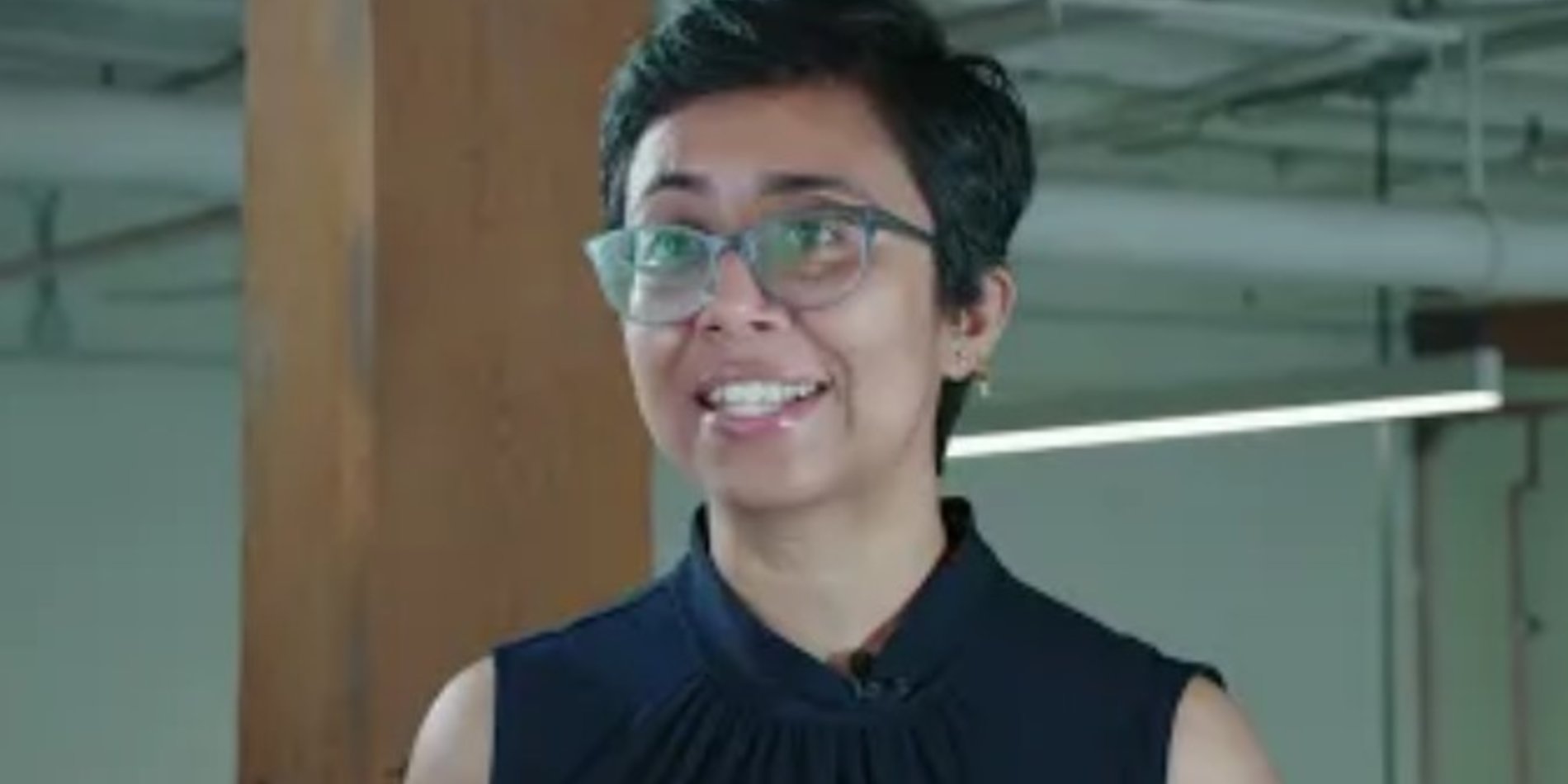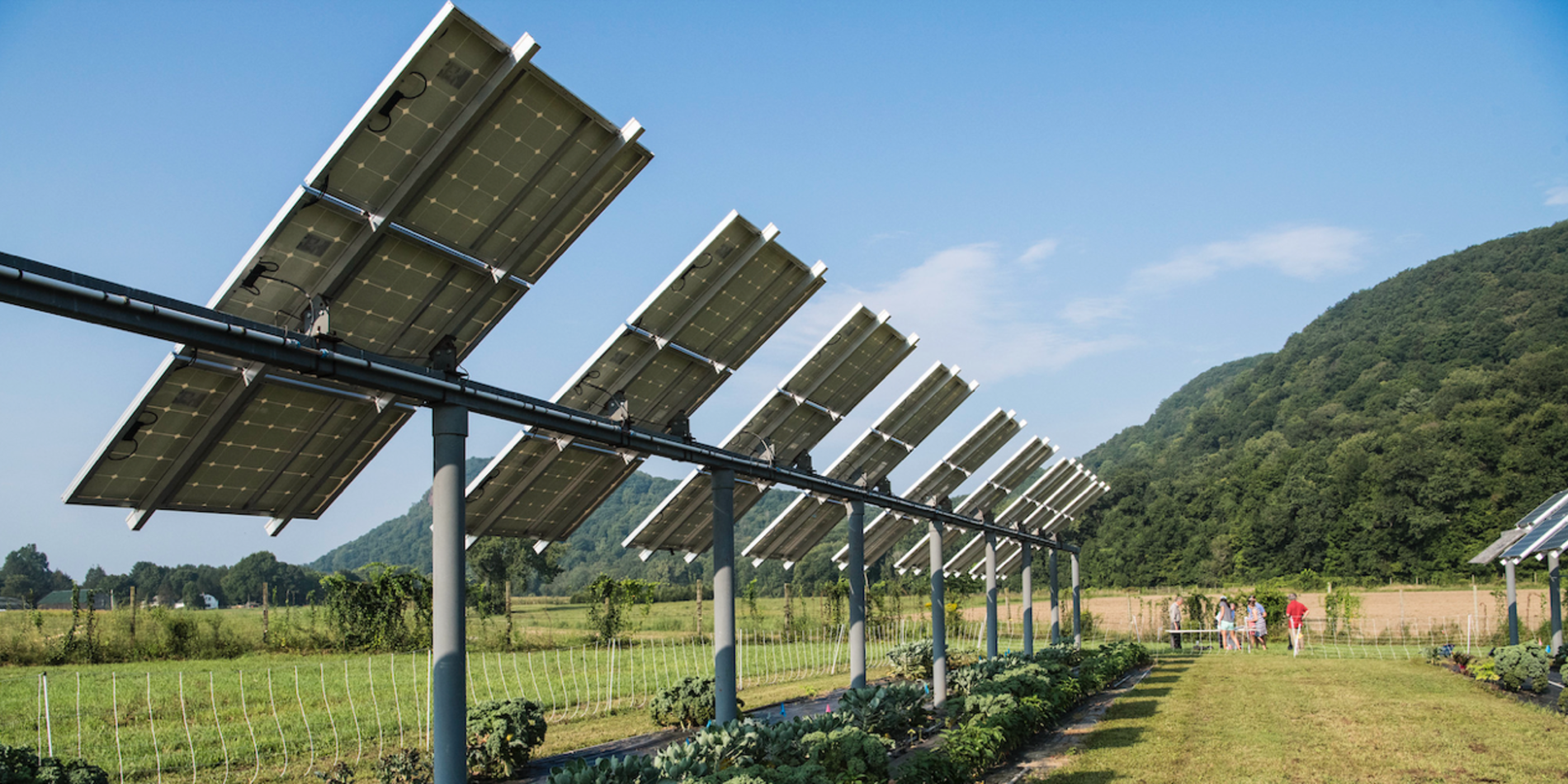Stanford students again well represented in Forbes’ “30 Under 30 in Energy” list
Four Stanford University students and recent alumni made Forbes magazine’s annual 30 Under 30 in Energy list. “Energy” is one of 20 categories—from music to finance—in which the magazine applauds auspicious achievements.
Selections for the energy sector tend to focus on founders of renewable and other cleantech startups. The recognition can facilitate entrepreneurs’ ability to grow their businesses, as has happened with Stanford recipients each of the past several years. This year, Forbes selected Stanford’s Colin Bailie, who completed his PhD in materials science and engineering last month; Nicholas Flanders, co-founder of Opus 12; and Tim Burke and Andrew Scheuermann, co-founders of WellDone Technology.

“Bailie is a pioneer in designing and prototyping solar cells using material for a semiconductor called metal-halide perovskite,” said Forbes. “His research has shown that cells using this material can produce up to 50 percent more electricity.”
Bailie has worked on the technology for several years with Prof. Michael McGehee. They have just started Iris Photovoltaics to commercialize it with the support of the TomKat Center for Sustainable Energy’s Innovation Transfer Program. Since Forbes published its 2016 list on January 4, Bailie said that companies and investors have already contacted him about the status of the technology and the possibility of using it in their solar devices.
“The photovoltaic industry is a difficult industry to start a company and find funding in, so any increase in visibility is invaluable,” said Bailie, whose doctoral research was funded by Stanford’s Global Climate & Energy Project and the U.S. Department of Energy through the Bay Area Photovoltaic Consortium.
Flanders, who expects to complete dual master’s degrees in business and engineering this year, co-founded Opus 12 with Stanford alumnae Etosha Cave (PhD ’14, mechanical engineering) and Kendra Kuhl (PhD ’13, chemistry). Their startup seeks to convert captured carbon dioxide emissions into fuels and chemicals using new catalysts and electricity from renewable sources. They expect their products to be able to compete against petroleum-based products on performance and cost.
“The award was a team win. I just happen to be the honorary sub-30-year-old member of our three-person founding team,” said Flanders.

Like Bailie and several other Stanford students featured in Forbes’ list the past few years, Opus 12 won initial commercialization support from the TomKat Center’s Innovation Transfer Program. With continuing guidance from Tom Jaramillo, professor of chemical engineering, Opus 12 is now supported by Lawrence Berkeley National Lab’s Cyclotron Road program. Like the TomKat Center’s program, Cyclotron Road helps young entrepreneurs develop their technologies to commercial viability.
Forbes also recognized Stanford’s Burke (PhD ’15, materials science) and Scheuermann, who expects to complete his PhD in materials science this year, along with University of California-Berkeley alumnus Austin McGee. Their WellDone Technology startup makes low-cost and low-power monitoring hardware and proprietary software to manage remote infrastructure like water, energy and agriculture systems.
“The hardware is open-source and we sell it at cost," said Scheuermann, (on right in the picture below). "We want everyone to build hardware this way, even beyond our company, because it can be designed in a fifth of the time and at a tenth of the cost allowing hardware to be iterated like software for the first time.”

WellDone makes money on its software and management services. At the same time, the team has a non-profit arm that manages water infrastructure for resource-constrained communities in sub-Saharan Africa, where 40 percent of wells are broken.
Burke, who just taught a workshop in Ghana for African entrepreneurs interested in building similar businesses based on connected devices, said he developed WellDone’s technologies in parallel with his doctoral research on photovoltaics. At Stanford, he modeled electron behavior for new photovoltaic materials, but the same kinds of modeling techniques and algorithms can also be applied to increase the robustness of connected devices without needing time-consuming long-term tests to find subtle bugs, he said.



